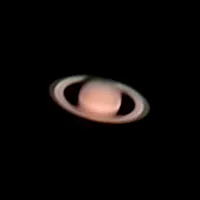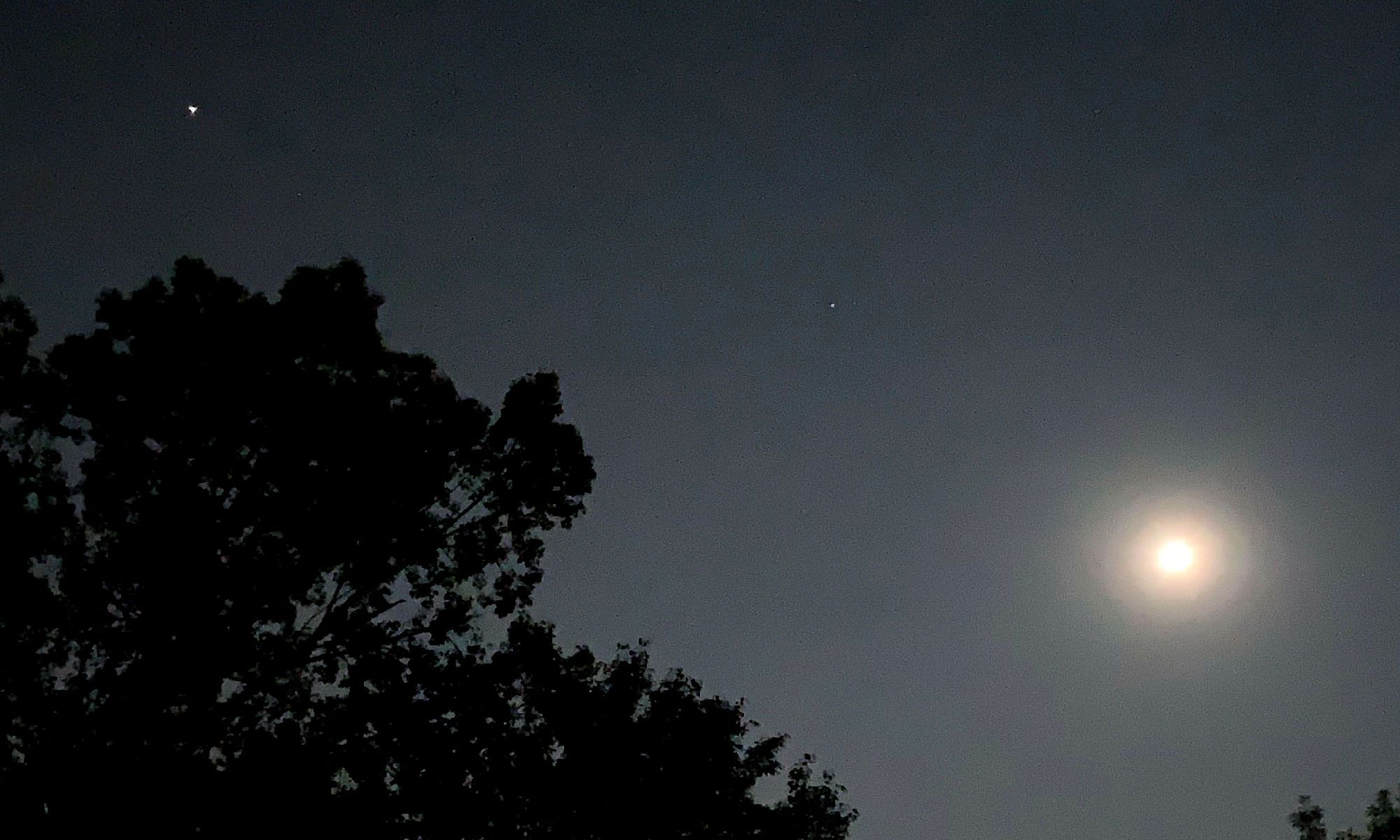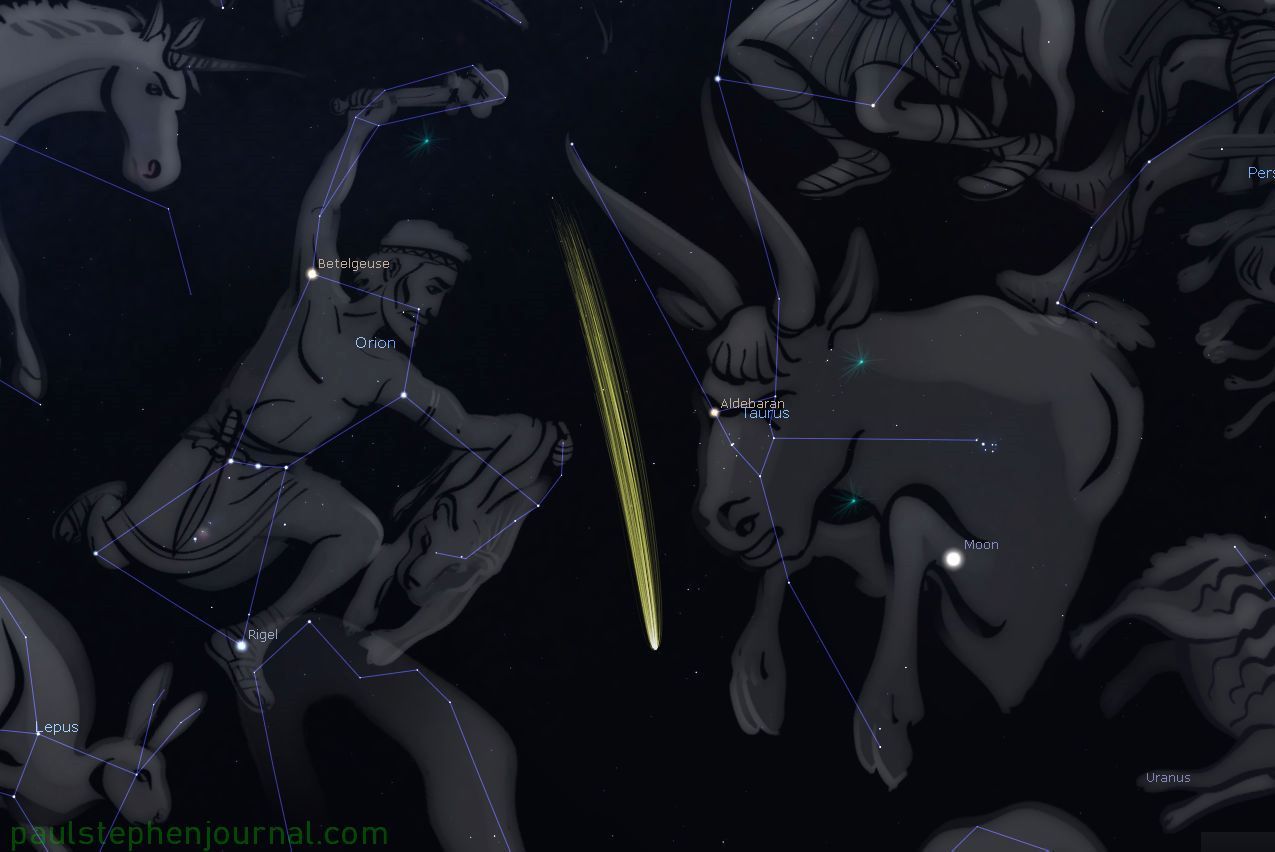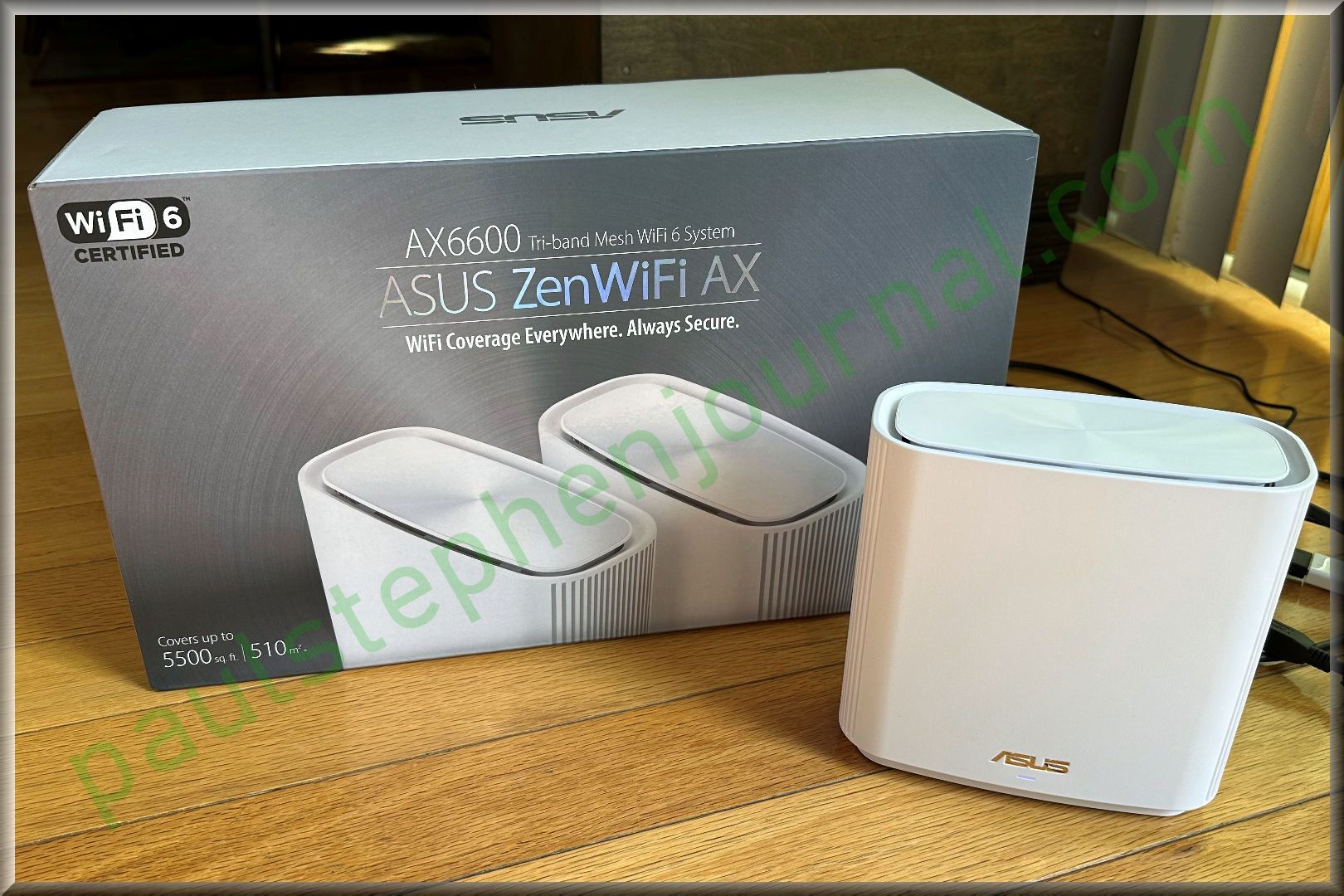Through my studying of astronomy and stargazing, as well as interactions with my younger relatives, I have come to opinions on the best methods to introduce children to the wonders of the sky. Some are obvious, and you will find these in most any Internet advice write-up on the subject. Others are not so much, and may even be contrary to other guides. Still, I feel these are sound recommendations based on research, experimenting, and common sense.
First, What NOT to Do!
#1 Expensive Does Not Equal Better! Do not go out to buy the biggest, most expensive telescope you can afford. It is nearly a guaranteed waste as far as children’s use. Any telescope over US $200 is not worth the entry price. Note that for adults getting into astronomy, this may be viewed slightly differently. While adults should still not, under any circumstances, spend thousands of dollars on a first telescope, you may factor in your risk sentiment if you want try for a more advanced first scope like a Mak-Cass.
#2 Too-Big Binoculars Avoid binoculars at first for kids. I know this may go against popular thought, but hear my reasoning. Binoculars are (a) bulky, (b) difficult to steady, especially for kids, and (c) not an intuitive learning instrument for children. In short, binoculars take practice to use correctly, and you don’t want your kids’ first stargazing experiences to be of them thinking they need to hit the gym to hold up those binoculars all night long.
Again for adults, the case for binoculars is different. As this is meant to be a kids’ article, I will table that discussion for now, and write an adult’s guide to beginning astronomy later.
#3 Meteor Shower Hype Stargazers get excited when meteor showers come around annually, but let’s be frank – they usually require a boring wait and almost never live up to expectations. While older folks like me may have no problem sitting in the dark at 4 a.m. enjoying the sky, younger people and particularly kids will not be so patient. I feel it is best to avoid meteor showers altogether unless you can appropriately time box the event with realistic expectations of what may be seen.

#4 Bright, Colorful Objects Need Not Apply We all know of those wondrous images of nebulae and galaxies with countless stars that look so magnificent and vibrant. But what you need to understand is that those pictures are achieved from intense post-processing of many long-exposure camera images. This isn’t to say those images are a lie, only that it is impossible for the human eye to view them like that from any telescope. These objects are thousands and millions of light years from us, and the photons (light) from them are extremely limited. The techniques used to get amazing pictures of deep sky objects capture as many photons as possible, usually over hours of imaging exposure, well beyond what our eyes could ever hope to see. Think of paint slowly dripping onto a canvas to eventually form a picture.
Most deep sky objects as seen through a telescope will likely be gray.
Before Proceeding, A Public Service Announcement…
As a general warning, NEVER use an optical device to look directly at the Sun unless it has a proper solar filter secured to the front (not the eyepiece side, but to the other, big end). Permanent eye damage can result! My advice for solar viewing with telescopes is to SKIP IT, at least at first, until you the responsible adult are familiar with your telescope and understand how to properly attach and use a solar filter. Focusing on only the nighttime sky is more than enough for kids when starting out.
My Steps for Children’s Astronomy
#1 Just Look Up It’s easiest and costs nothing to step outside on a clear, dark night and enjoy our galaxy’s showcase. Granted, your mileage will vary based on light pollution, with extremely dark skies making objects even beyond our galaxy, like the Andromeda Galaxy, visible to the unaided eye. But still, have them see the Moon, bright planets, and bright constellations and star patterns (asterisms). A variety of star map apps for your phone or tablet can help to locate what is in the current night sky. If you are reading this in Winter (in the Northern Hemisphere), by all means focus on Orion the Hunter!
Again in the Northern Hemisphere, the Big Dipper (Bear), part of Ursa Major, is always visible at least in part year-round, so it makes a great first star pattern for kids to learn (after Orion, which is not always viewable).
#2 Get a Star Finder Dial/Map You likely know what I am talking about – those pinwheel star maps that you rotate to see the visible stars for your time of year (normally at a preset time of night). They are inexpensive and a good entry point for kids to learn about what they are seeing above.
#3 Get an Children’s Beginners Astronomy Book It probably makes sense to acquire this along with the pinwheel star map. I am not promoting any particular book, and I trust it is not too hard these days to do an Internet search to find several good books that offer beginner’s lessons on astronomy. A perquisite should be good pictures, especially of the constellations, so that kids can relate what they are seeing to what is shown in the book.
#4 Persistence Keep letting the kids see the night sky when possible, but without overdoing it. Try for good nights on the weekends. At the very least, show them the changing phases of the Moon.
Are the kids still interested by this point? If so, now you can consider buying a telescope!
# 5 Buy a Good First Telescope You will want to get a good beginner’s refractor telescope from one of the “big three” merchants in the U.S. (may be different in Europe and elsewhere). These are Celestron, Meade, and Orion. I am not promoting any brand or company, so I will just say to go for a 60-70mm refractor with two eyepieces (high and low power), and offer up one suggestion from each:
Also, get a 25% Moon filter along with the telescope (I think 25% makes more sense for a refractor’s small aperture, versus the normal 13%, but you could get by with 13% too; 25% and 13% are just indicators of the total amount of light let through, so 25% only shows a quarter of the total visible light). This will dim the Moon, making features easier to see and only costs about $20. Remember to use the Moon filter only for the Moon! It will otherwise make planets (except Venus, see below), stars, and deep space objects too dark for the human eye to enjoy.
Why a refractor? It is the most basic of telescopes and requires little if any maintenance. Reflectors need ongoing maintenance, called collimation, which may be a bit too much for kids just starting out (and the adults supporting them). Collimating a telescope is not hard, but it is also not a core activity to enjoying astronomy. Any other telescope variety, like Maksutov-Cassegrains, SCTs, and apochromatic refractors are too advanced and/or expensive for young beginners.
A side benefit to simple refractors is that they may be used for daytime terrestrial viewing as well.
#6 Set YOUR Expectations of the Telescope As the responsible adult, learn how to operate your telescope. This seems basic, but you should understand how to quickly adjust the telescope, as objects move very fast in the sky.
What will you see? Refractors offer a very wide view, which is nice when viewing groups or stars or the surroundings of the Orion Nebula. They will reveal small but still discernible views of the planets. All of these views are perfectly fine for beginners. Always start with your low-power eyepiece (e.g. 25mm) and switch to the high-power (e.g. 10mm) to zoom in.
#7 Show Them the Stars Use the telescope on bright stars. You and your kids will be amazed at how each of these gems look, as well as noticing the surrounding faint stars only visible through the telescope. As an added treat, look for double-stars – stars that look like one to the eye but are actually two stars in the telescope!
#8 Show the Partial Moon Use the telescope on the Moon. Focus not on the full Moon but on the phases. Those are the most interesting through a telescope because you can see the crater shadows.

#9 And Last, Show the Planets I am recommending to focus on the planets last only because they will appear small through a 60-70mm refractor. But they will still be impressive in their own rights.
Here is a breakdown of the what to expect with each planet:
- Mercury – this planet is so elusive I recommend not searching for it with a telescope, for beginner kids. If you have ideal conditions of clear skies and with Mercury at an ideal distance above the horizon (dawn or dusk), then you can give looking for it a try, though keep in mind it will be very tiny in your telescope. I also don’t recommend viewing Mercury to eliminate any chance of looking at either the rising or setting Sun.
- Venus – it will be very bright and never a full disc, being anywhere from about 80% to a thin crecent. You will only be able to make out the shape and not planetary features. Hint: if you do have a Moon filter, Venus is the one planet you can try it on.
- Mars – this planet’s brightness will vary the most. When Mars is at opposition to Earth, it will be very bright, even rivaling Venus. You may be able to see some planetary features, like the dark mara and polar icecaps. When Mars is far away, it is very dim, and very small in any telescope. These extremes are due to Mars being small and its wildly varying distances from Earth.
- Jupiter – the largest planet will consistently look like a bright star. Though small, you will see up to the full four Galilean moons and the planet’s cloud bands.
- Saturn – will appear like a faint star. Through the telescope, you should be able to see its rings.
- Uranus – too faint to find with a beginner’s telescope, or at least it is not worth the effort.
- Neptune – ignore this planet as it is too dim and distant for beginner’s astronomy.
- Pluto (the non-planet planet) – searching for and finding Pluto requires an advanced technique, so ignore it as well.

#10 Try Sketching Wait, what? Sketching? Yes, I really believe that sketching both the direct sky as well as through the telescope will be a surprisingly fun activity for children. It does not take a lot to do but requires a bit of preparation:
- Get a small red flashlight (one per child so there is no fighting over one flashlight). Red is needed to keep our eyes acclimated to the dark.
- Obtain a solid writing pad with paper and pencil (one set for each kid, of course).
- Optionally for telescope sketches, use a compass to draw a big circle to frame the eyepiece view.
- Some kids will prefer to sketch the open sky’s star patterns while others will want to focus on the telescope view. Either approach is fine!
- Instruct the children to start by drawing the brightest stars first in recognized patterns like lines, triangles, and rectangles.
- Once the bright stars are complete, they can turn their attention to filling in the details of the fainter stars between the bright ones, if they so wish. Many children will be proud of their work from just sketching Orion’s primary stars, as an example.
- Make sure each kid writes the date and time of their sketch on their drawing, as well as a short description of what they drew.
I hope these ideas help in getting your kids interested in astronomy. If you have any comments on my guide, or suggestions, please leave a comment below.
Update
Many years later, July 2024, I have re-reviewed these instructions, and they are still good! The specific models of telescopes may no longer be available, but you can leverage the specs I give to find an equivalent modern-day telescope. At a very high-level, focusing on viewing the Moon, Venus, Mars, and Jupiter are the best and easiest targets for beginners.







